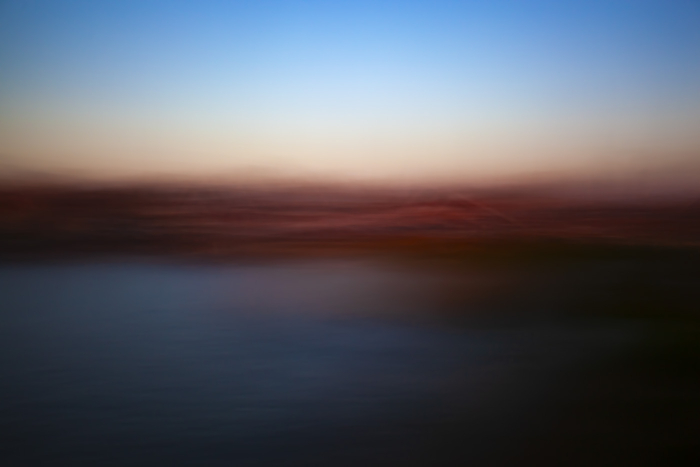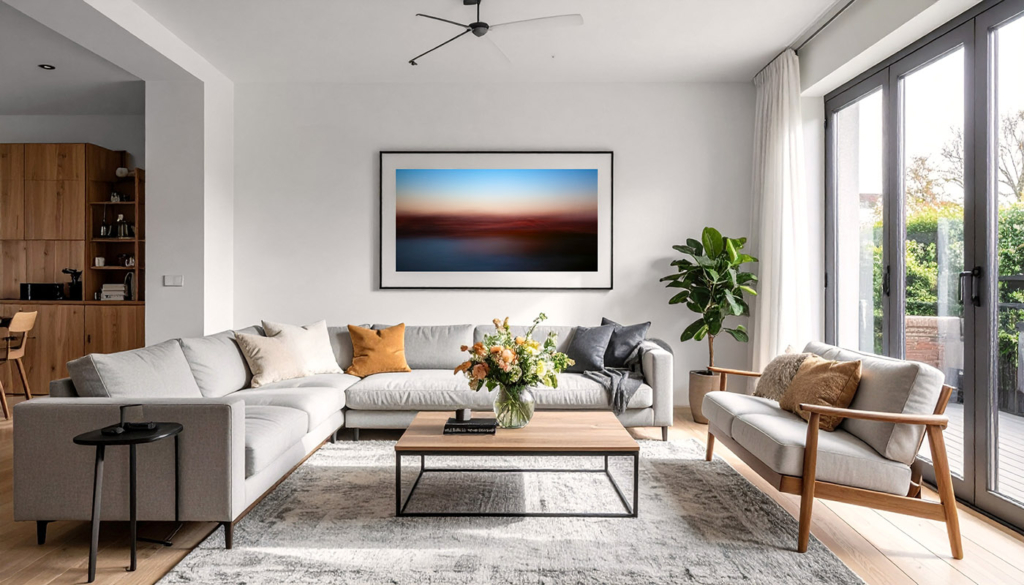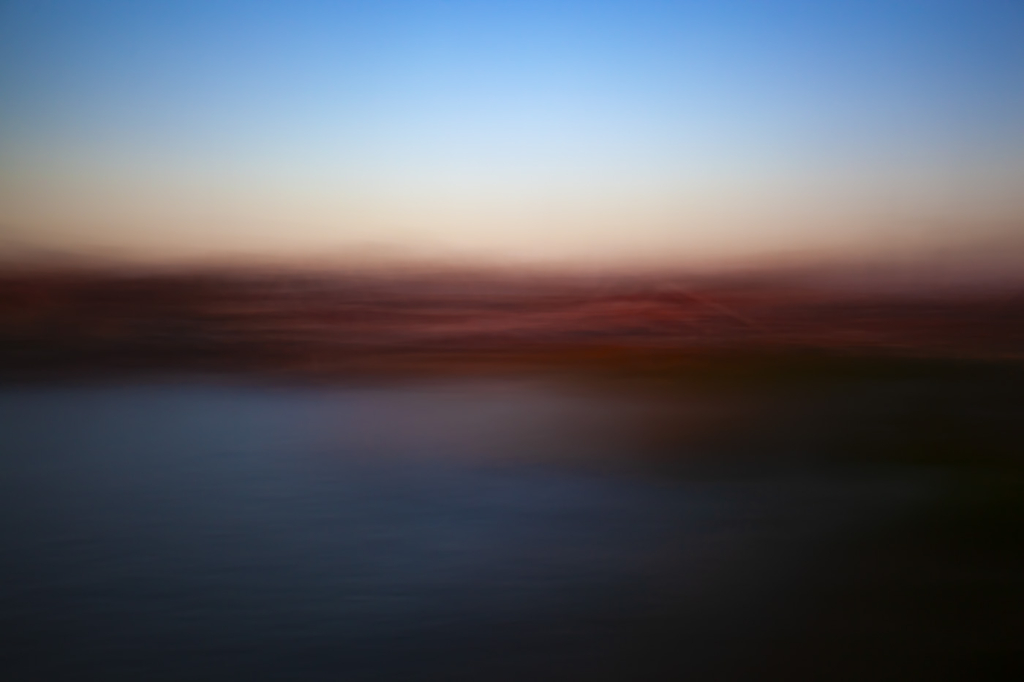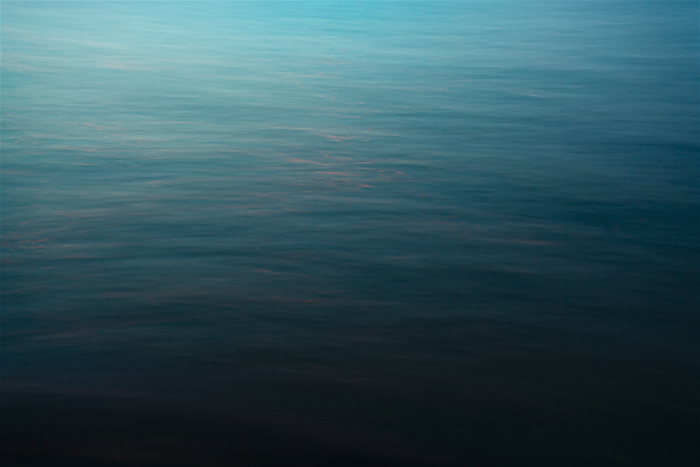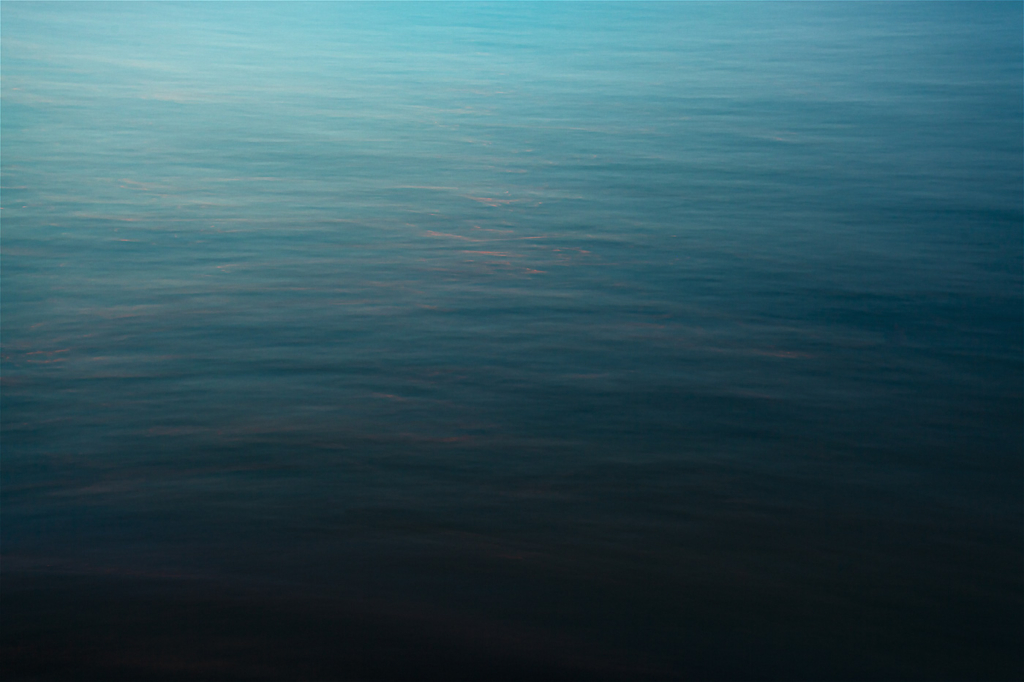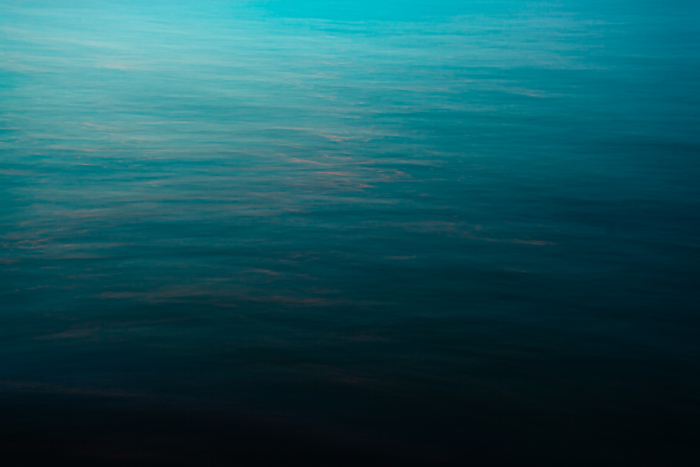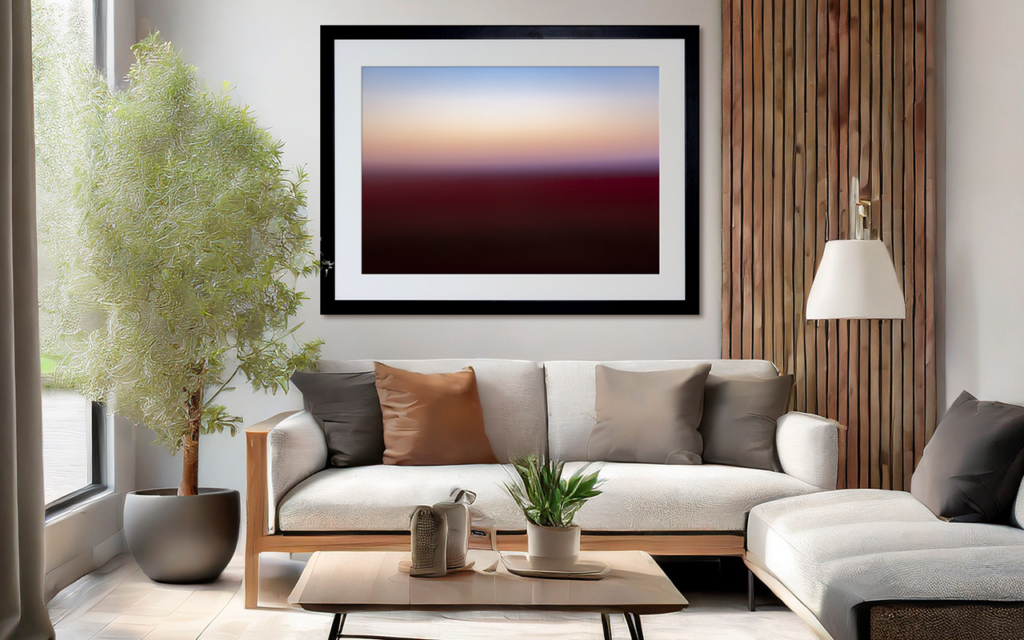I recently made a Threads poll (@bfrankphoto) and asked the community: “When someone talks about you professionally, would you rather be called a great photographer or great to work with?” Out of 167 votes, a striking 77% chose “great to work with” over “great photographer”. The comments under the poll reflected this overwhelmingly. As one person put it, “Great to work with will give you a strong career if you have enough chops… a great photographer but hard to work with will make you a flash in the pan.” Another quipped, “Great to work with is the name of the game. ‘Great’ photographer is subjective anyway.” Even famous photographer Reuben Wu noted, “Every job is a collaboration to the same degree. I’d rather be a bad photographer who clients absolutely love working with than a great photographer who clients hate.” These and many similar replies emphasized collaboration, professionalism and client relationships over pure technical talent. (A few commenters did add the caveat that the ideal is a balance of excellent skill and friendliness.) This poll highlights a larger truth in creative fields: technical excellence, especially in art and photography, is highly subjective. As Fstoppers writer Scott Kelby argued, “You can’t objectively compare art…we all have our opinions. And our opinions are valid. But they are, at the end of the day, subjective.” fstoppers.com. In other words, what counts as “great” photography often depends on personal taste, style trends, or context. One gallerygoer’s masterpiece is another’s “meh.” In practice, a technically flawless image may go unnoticed if it doesn’t resonate. At the same time, a shot with minor technical flaws can become a client’s new favorite. This subjective nature means that who you are and how you work with others often becomes as important, if not more, than strictly how good your images are.
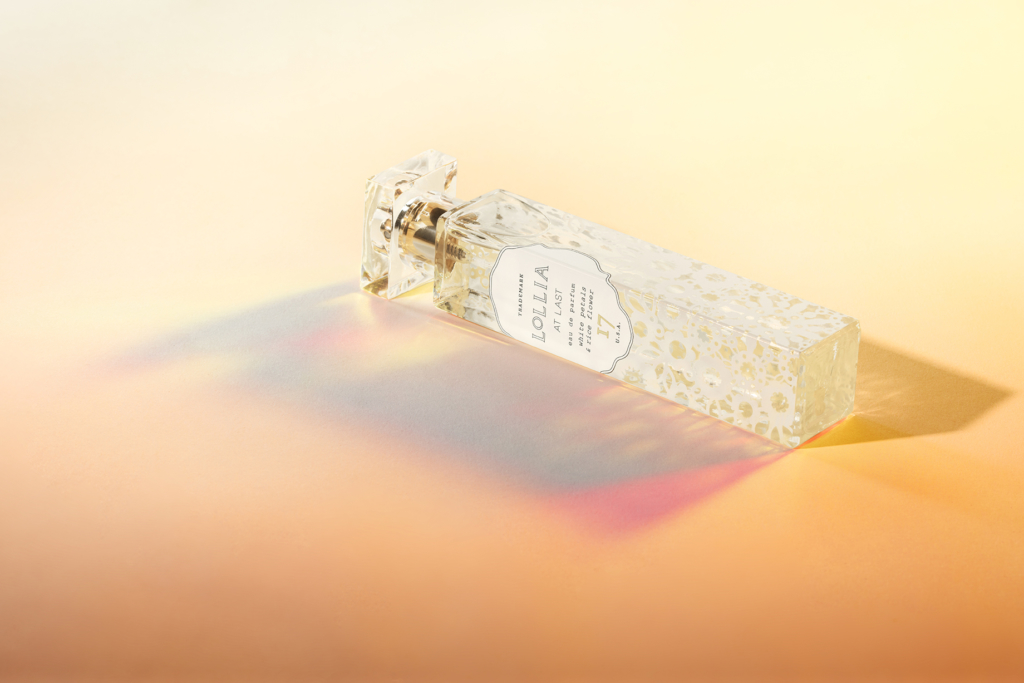
The Power of People Skills (and Why They Matter More Than You Think)
Research in career success echoes the poll’s sentiment. One of the cited studies (dating back to 1918) found that 85% of job success comes from well-developed “soft” and people skills, with only 15% from technical skills, nationalsoftskills.org. In other words, being friendly, trustworthy, and adaptable has historically proven far more critical than just having raw talent. More recently, modern HR and business advice reinforces this: focusing only on your technical chops can actually be limiting. As a Harvard Business Review guide notes, young professionals often obsess over “improving technical skills early on…while neglecting the more strategic interpersonal skills that make big career moves possible” hbr.org. In creative careers, interpersonal finesse is a strategic skill.
From a social psychology standpoint, people tend to size up “warmth” (friendliness, trustworthiness) before “competence.” The classic Stereotype Content Model explains that we are wired to first assess whether a new person is friendly or threatening, and only then judge if they are competent. en.wikipedia.org. Simply put: clients and collaborators check your vibe first. Are you easy to talk to? Do you listen and adapt? Are you reliable? If yes, you earn goodwill even before the camera clicks. This matches the Threads comments: most photographers agreed that a positive reputation makes clients want to hire you again. “In this industry where trust and reputation are everything, client referrals are invaluable,” one referral guide stresses iris-works.com. Another photographer commented in the poll, “Great to work with seems to carry more weight depending on the client,” noting that many clients will choose a slightly less technically advanced pro who promises a smooth, fun experience.
This is backed by how real businesses operate. In photography (and other creative services), word-of-mouth is often the lifeblood of work. Studies and industry blogs report that client referrals bring in steady, high-quality leads because they start with a “positive impression” and trust iris-works.com. As IrisWorks writes, referred customers “often come with a positive impression of your work, making them more likely to become paying clients who add real value to your business” iris-works.com. In practice, a photographer who makes clients feel seen, heard, and at ease is far more likely to be recommended to friends or agencies. Those recommendations can sustain a business for years.
Similar patterns show up in larger corporate and creative projects, too. For instance, a film director might insist on hiring a cinematographer who is known to collaborate well on set, even if another candidate has slightly flashier credits. In animation studios or tech startups, teams favor colleagues who communicate clearly and raise morale. (Google famously values “psychological safety” and teamwork; Pixar cultivates collective creativity by encouraging open, respectful feedback.) On the corporate side, managers often lament that a “jerk” star performer is not worth the drop in team morale. Harvard researchers Casciaro and colleagues found that competent but unpleasant people tend to be socially isolated and passed over, whereas those who are warm and cooperative (even if slightly less skilled) build strong networks hbr.org hbr.org. This mirrors the Threads debate: a top-notch photographer who “drives people away” may burn out fast, while a slightly less gifted person who’s easy to work with can have a longer, more stable career.
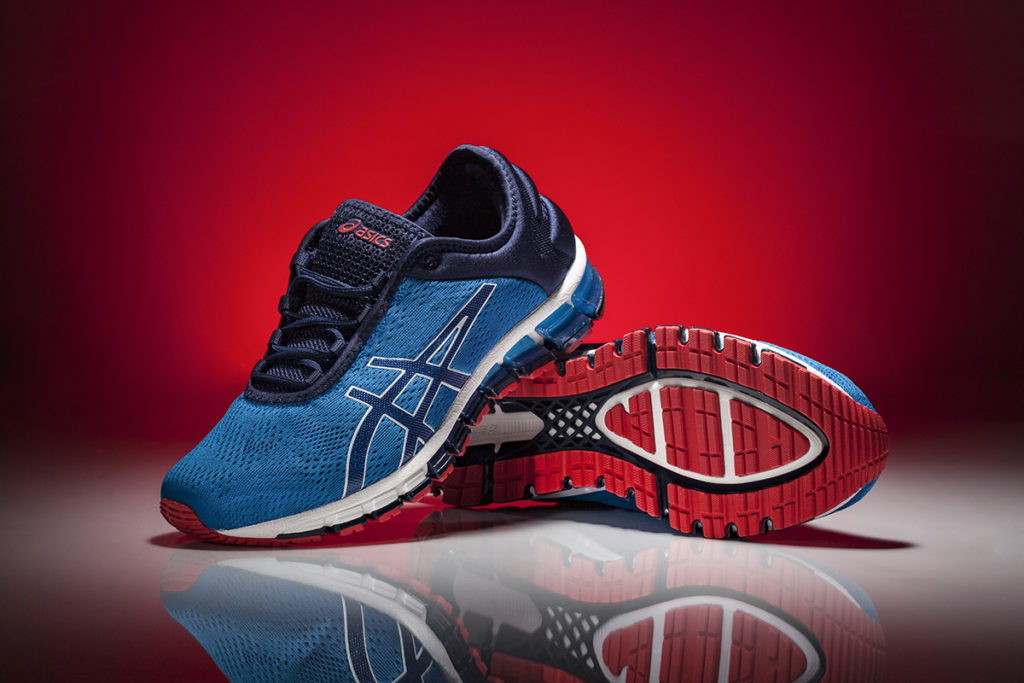
Case Examples: When Likability Opens Doors
- Referral economies in the arts: Many creative fields depend heavily on trust. For example, an agency looking for a photo editor might call a friend who highly recommends Editor A for being “extremely professional and easy to collaborate with.” Likewise, an illustrator at a design agency might become the go-to artist because they’re a pleasure on client calls and stick to deadlines. These intangibles often translate into career momentum.
- Technology and startups: In Silicon Valley, it’s often said, “hire for attitude, train for skill.” A programmer with decent skills who gels with the team can sometimes outpace a brilliant coder who clashes with others. One survey of tech managers found that teamwork and adaptability were ranked higher than narrow technical prowess when it came to promotions.
- Creative collaborations: Look at long-running partnerships: a director who consistently works with the same cinematographer or costume designer probably values the mutual respect and rapport built over years. Musicians might hire band members who lift the mood in rehearsal, even if a session musician could play their parts slightly more perfectly. Over time, being reliable and positive tends to create more repeat opportunities than raw genius alone.
These examples illustrate that in the real world, personal relationships amplify or dampen talent. As one industry forum commenter summarized after working on shoots, “It’s a three-legged stool: be great at your craft, be great fun to work with, and be professional. Neglect any one and the stool topples.” (That’s a synthesis of several photographers’ advice.)
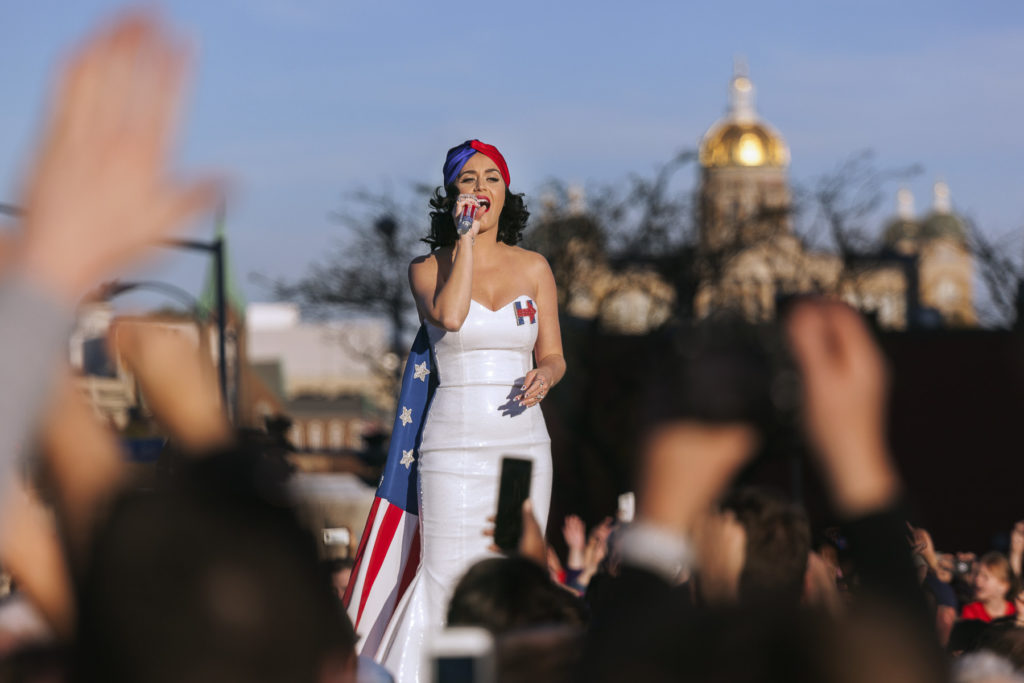
Balancing Skill with Emotional Intelligence
None of this means technical skill should be ignored. The “best” scenario is to be both highly skilled and great to work with. A few voices in the poll rightly pointed out that you shouldn’t abandon excellence. Indeed, in high-end fields (like wedding photography or cinematic work) clients expect both quality and courtesy. The key is balance: don’t rely on charm alone to cover up poor craft, but also don’t assume raw talent will excuse bad behavior.
For creative professionals seeking success, the practical takeaway is to cultivate both your craft and your people skills:
- Hone your technical/artistic skills: Keep learning, practice your technique, study new tools or art movements. Creative fields reward lifelong learners. But recognize that your portfolio (or reel) may never be “finished.” What matters most is consistent growth and adaptability in style.
- Develop communication and collaboration: Practice empathy and active listening. When a client or colleague speaks, give them full attention. Ask clarifying questions. Be open to feedback (even criticism) and show appreciation. Clear, positive communication reduces friction. Online courses or books on negotiation and teamwork can help.
- Build professional habits: Be punctual, meet deadlines, and follow through on promises. Send clear contracts or briefs. These signals of professionalism make people trust you. Even small acts, like responding promptly to an email or saying “thank you” after a shoot, add up to a reputation of reliability.
- Network genuinely: Attend meetups or online communities and engage sincerely. Offer help to others (e.g., second-shoot for a wedding photographer or advise a junior colleague). People remember those small kindnesses and are more likely to refer or hire you later.
- Self-awareness and growth mindset: Be willing to reflect. If someone is unhappy, calmly ask “How could I have made this easier for you?” Use tough experiences as lessons rather than excuses. Emotional resilience (staying calm under stress, bouncing back from rejection) is part of professionalism too.
In short, technical skills might get you noticed, but people skills keep you in business. As the poll’s consensus suggests, being “great to work with” may open more doors and sustain a longer career than being indisputably the most technically gifted person in the room.
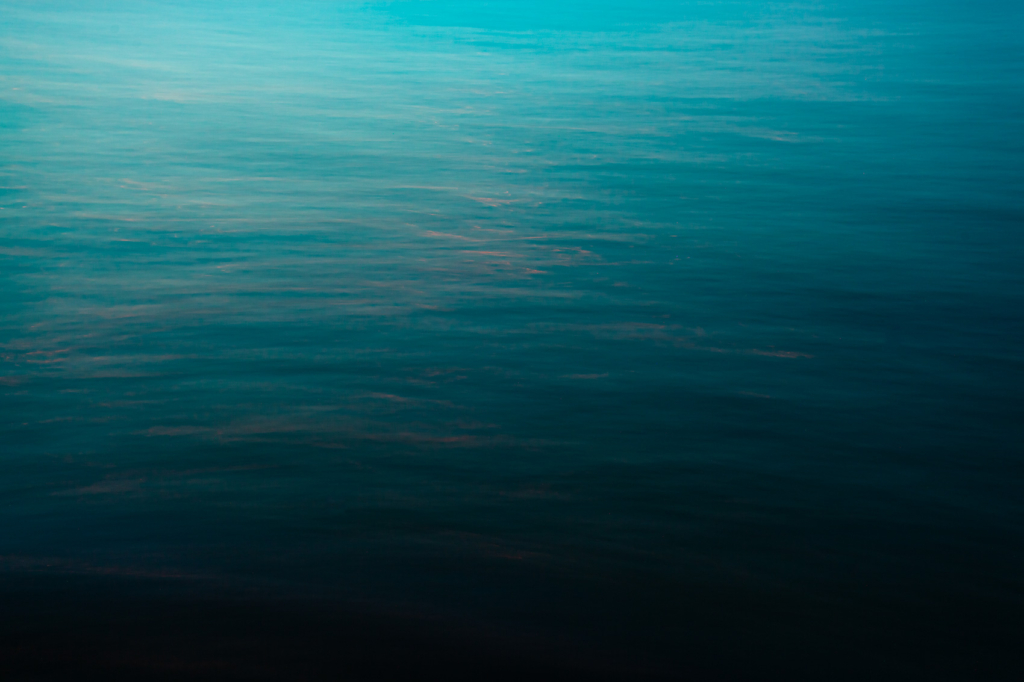
Conclusion
The conversation sparked by the Threads poll underscores a timeless lesson: In creative careers, how you collaborate often speaks louder than pure talent. Technical excellence is vital, but it’s ultimately filtered through personal taste and context fstoppers.com. Consistent success usually comes to those who combine competence with empathy, professionalism, and a cooperative spirit hbr.org nationalsoftskills.org. Clients and colleagues remember how you made them feel. They refer their friends to you not just because your photos are sharp, but because you were friendly, flexible, and a positive presence on set or in meetings iris-works.com en.wikipedia.org.
So whether you’re a photographer, designer, or any creative professional, invest time in your people skills as much as your portfolio. Cultivate genuine relationships, show respect, and stay communicative. Strive for technical mastery, but remember that at the end of the day, art is subjective – and the quickest way to build a thriving career is to be the kind of person that others truly enjoy working with fstoppers.com iris-works.com.
Key Takeaways:
- Artistic quality is often subjective; talent alone isn’t a universal yardstick. fstoppers.com.
- Research shows about 85% of career success comes from “soft” or interpersonal skills. nationalsoftskills.org.
- Trust, collaboration, and a positive reputation drive referrals and repeat business. iris-works.com. hbr.org.
- Successful professionals balance skill and emotional intelligence: listen, communicate, and be reliable as well ascreative.
